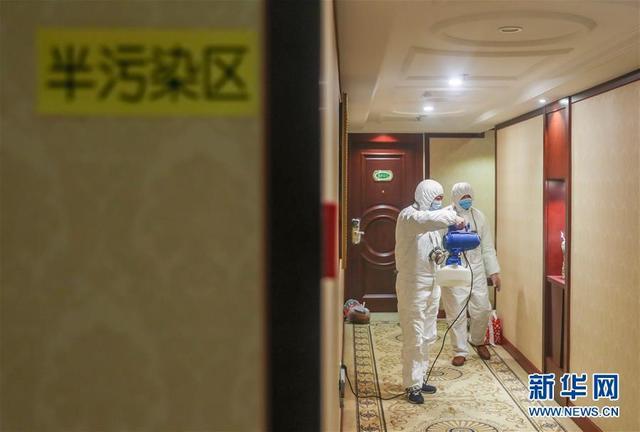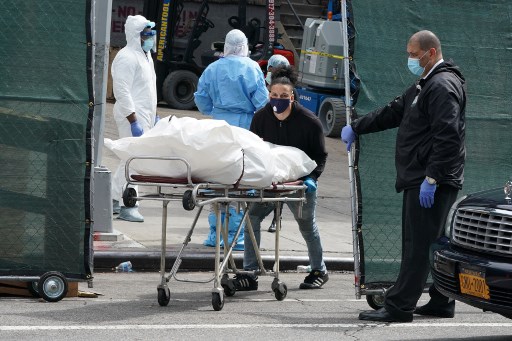
As the global number of COVID-19 cases climbed up rapidly, major cities in China such as Beijing and Shanghai have seen no domestically transmitted cases for weeks, proving the effectiveness of Chinese efforts in disease control.
Public health emergency response has been a key national concern since the outbreak. On Wednesday, the Shanghai government released a guideline of its public health emergency and emergency response to epidemics by 2025, a further step towards the world-class level.
The metropolis, with over 24 million permanent residents and millions of migrant workers each year, has done a great job on prevention and control in the current battle against COVID-19. With its active emergency response, the city only ranked 15th among all provincial-level regions with 552 confirmed cases and took the first batch reaching zero domestic infection early in February.

Medical staff are disinfecting an isolation point in Shanghai. (Photo: Xinhua)
The emergency system starts as soon as an unknown disease is found by doctors throughout Shanghai’s fever clinics, who form the first line of defense. Once the diagnosis is confirmed, a tracking system, which includes thousands of disease control personnel and medical staff, will be launched immediately to isolate all close contacts and avoid the spread of the virus.

File photo: Xinhua
"Shanghai implements a centralized treatment,” Zhang Wenhong, the well-known infectious disease doctor, said of the response system at a press conference on Wednesday.
“All the most powerful medical resources are gathered there, which can provide the best treatment conditions of the city for patients.”
Public health is a key part of urban security. From early detection to isolation, diagnosis, disease control intervention and tracking, the fast and strictly-followed system helped the city steadily ride out several health crises, including SARS, H1N1 and H7N9, keeping damage to a minimum. “The system is actually beside you in every part of community work,” Zhang said, claiming that Shanghai had returned to normal before the COVID-19 outbreak.
Unfortunately, the battle is far from over as the world is still suffering from great losses. New York is going through harsh times as the city hits a new peak of over 151,000 confirmed patients and 6,268 deaths, according to John Hopkins’ Thursday morning data.

A body is moved from a refrigeration truck serving as a temporary morgue to a vehicle at the Brooklyn Hospital Center, in the Borough of Brooklyn on April 8, 2020 in New York. (Photo: AFP)
Overwhelmed hospitals and the slow response of the government reflect the necessity for a fast and complete emergency response, and that is how “Shanghai experiences” could possibly help. As long as a powerful and sensitive system is built, it’s never too late to save losses and prevent a future crisis.


